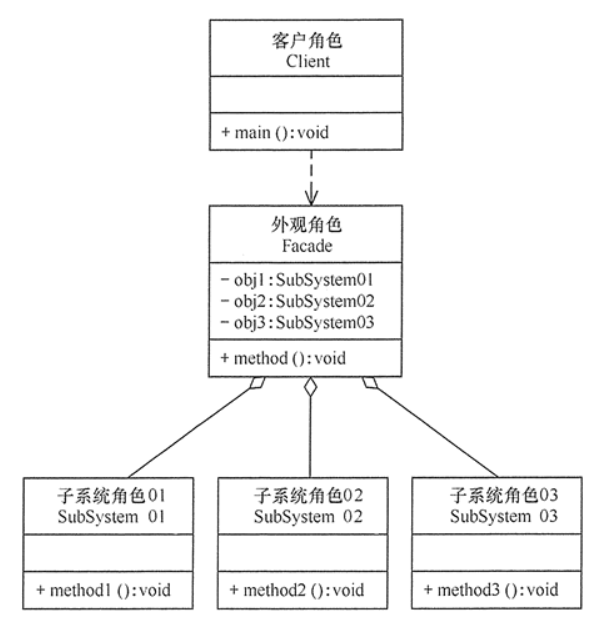1
2
3
4
5
6
7
8
9
10
11
12
13
14
15
16
17
18
19
20
21
22
23
24
25
26
27
28
29
30
31
32
33
34
35
36
37
38
39
40
41
42
43
44
45
46
47
48
| public class HomeTheaterFacade {
private TheaterLight theaterLight;
private Popcorn popcorn;
private Stereo stereo;
private Projector projector;
private Screen screen;
private DVDPlayer dvdPlayer;
public HomeTheaterFacade() {
this.theaterLight = TheaterLight.getInstance();
this.popcorn = Popcorn.getInstance();
this.stereo = Stereo.getInstance();
this.projector = Projector.getInstance();
this.screen = Screen.getInstance();
this.dvdPlayer = DVDPlayer.getInstance();
}
public void ready(){
popcorn.on();
popcorn.popping();
screen.down();
projector.on();
stereo.on();
dvdPlayer.on();
theaterLight.dim();
}
public void play(){
dvdPlayer.play();
}
public void pause(){
dvdPlayer.pause();
}
public void end(){
popcorn.off();
theaterLight.bright();
screen.up();
projector.off();
stereo.off();
dvdPlayer.off();
}
}
|





